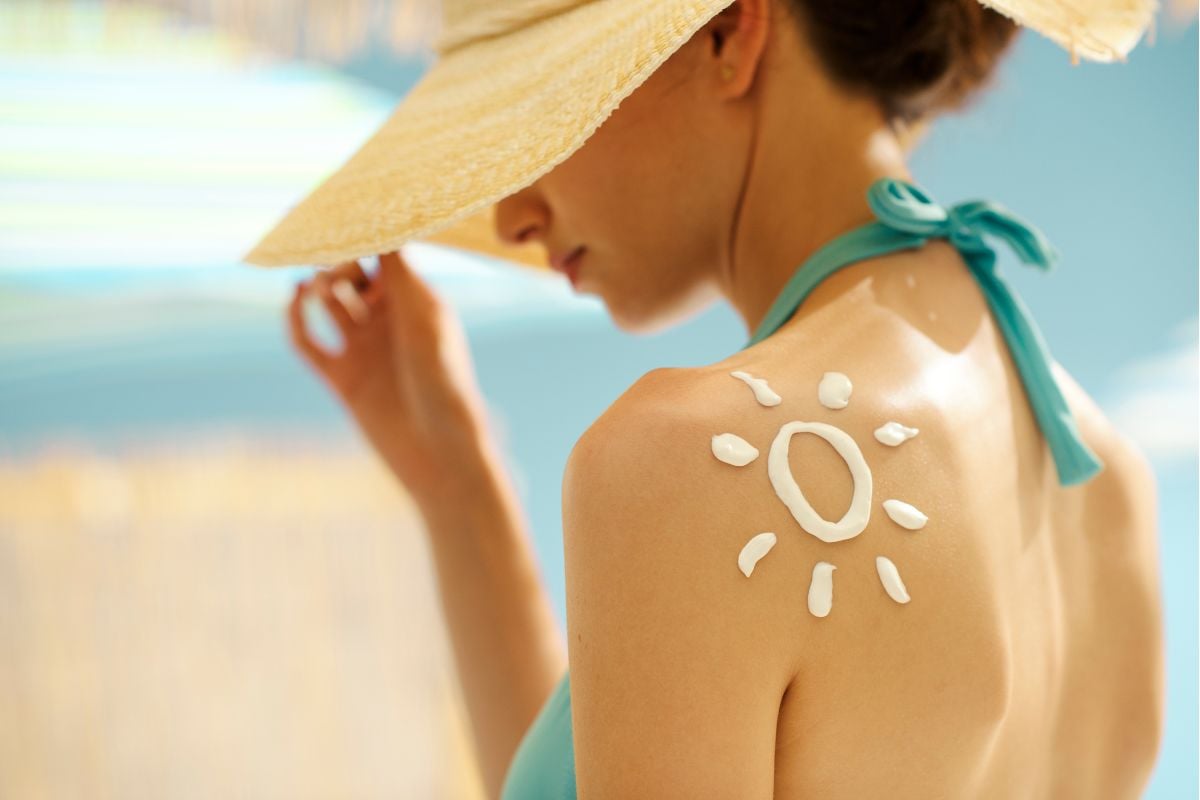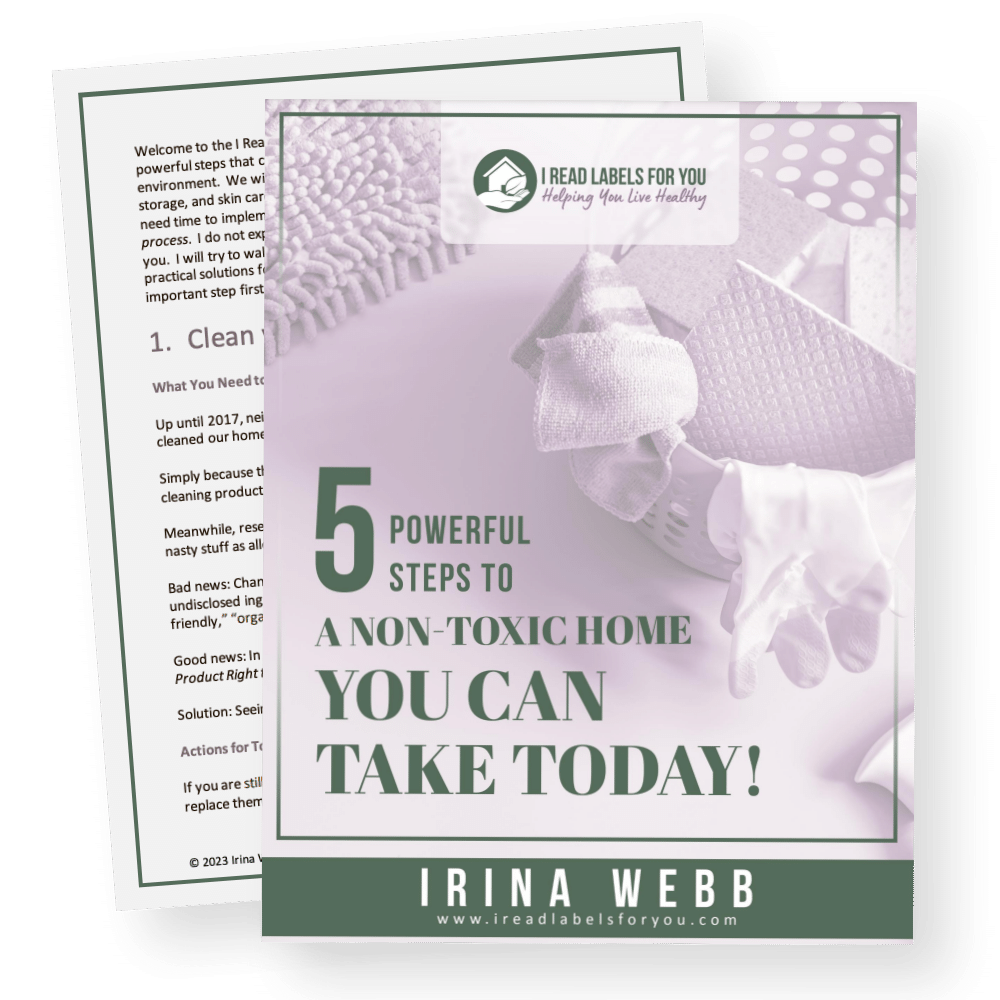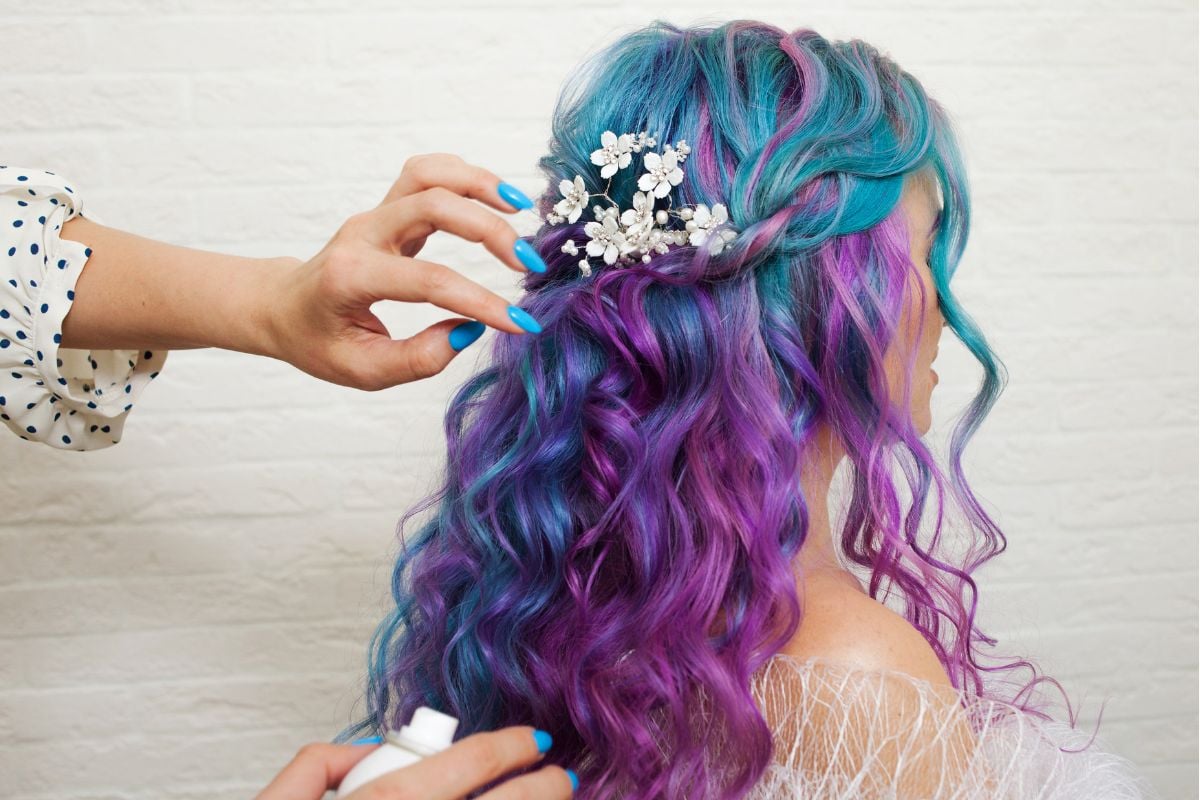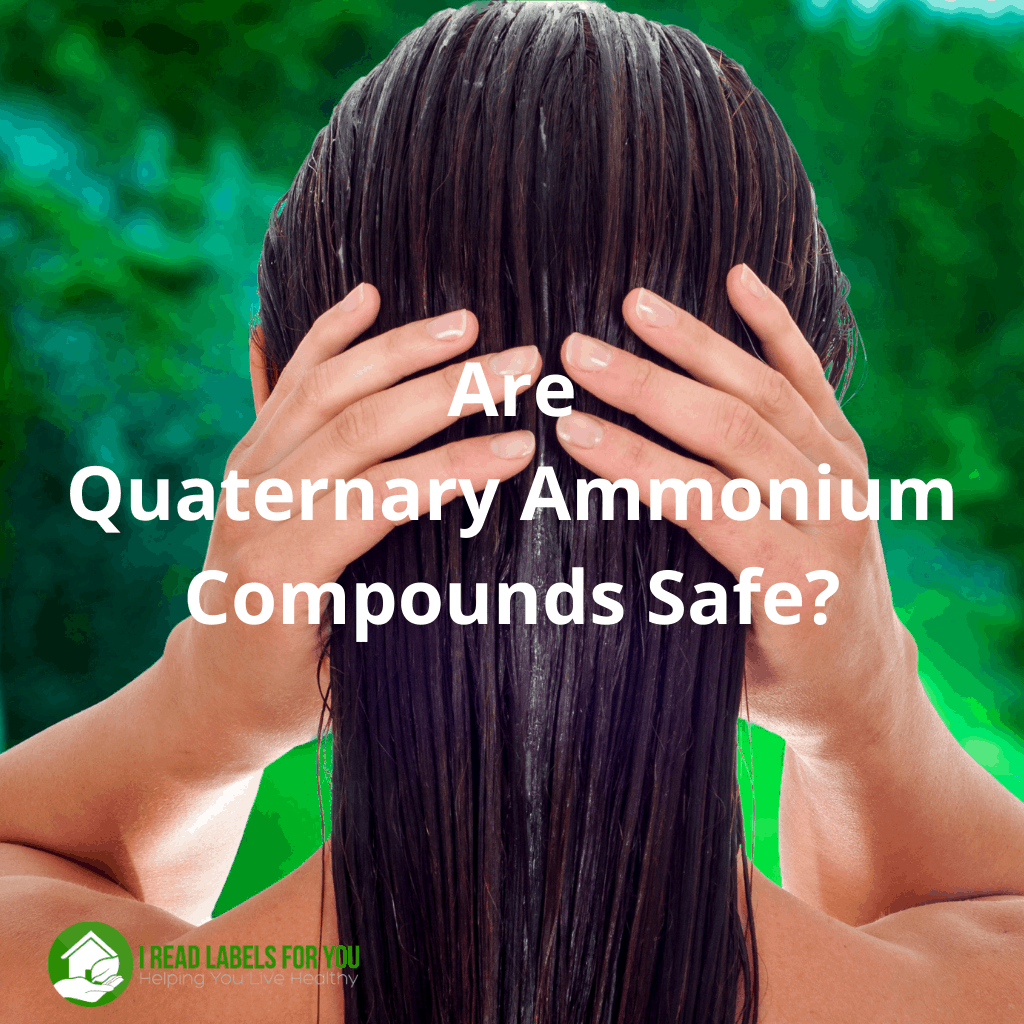List Of Harmful Chemicals In Sunscreen

Although the purpose of sunscreen is to protect your skin from sun exposure, conventional sunscreens may cause inadvertent damage to the body through toxic chemicals. While sunscreen is supposed to shield your skin from harmful UV rays, prevent premature skin aging, and protect your body from painful sunburns, sun protection products often contain unnecessary and unsafe ingredients. Although the Food and Drug Administration has made efforts to regulate sunscreens, most sunscreen products still contain ingredients that may pose a threat to human health and the environment. So today, I am sharing a list of potentially harmful chemicals commonly found in sunscreen.
List Of Harmful Chemicals In Sunscreen
While many sunscreens use potentially toxic chemicals, some brands prioritize using safe ingredients in their formulas. Whether you typically wear SPF 30 or SPF 50, it’s important to be mindful of which brand you choose to ensure that you are not putting yourself in harm’s way with unnecessary chemicals.
First, opting for safe and effective sunscreen brands that use non-toxic ingredients can greatly reduce your exposure to harmful ingredients while still protecting your skin from the sun. Next, the safest sun protection uses mineral-based UV filters like zinc oxide and titanium dioxide in their formulas. Thus, my absolute favorite body sunscreen is the Crunchi Body Sunscreen SPF 30. For an in-depth guide to safe sunscreens, please read my guide on the best non-toxic face sunscreen. Additionally, if you have a little one at home, take a look at my post on safe sunscreen for babies.
Now, let’s look at the list of potentially unsafe chemicals in sunscreen to avoid.
Are There Harmful Chemicals In Sunscreen?
For starters, some chemicals in conventional sun protection products can be potentially dangerous to your health and the environment, especially with long-term frequent use. For instance, chemical sunscreens contain ingredients linked to health conditions like reproductive and developmental concerns, hormone disruption, and cancer.
Additionally, unlike mineral sunscreens, chemical sunscreens can have detrimental environmental effects like the bleaching of coral reefs (source).

List Of Bad Chemicals In Sunscreen
For your information, the Environmental Working Group provides a helpful summary table explaining some concerns about certain chemicals in sunscreens. Today, we will discuss the following sunscreen ingredients to avoid:
- Oxybenzone
- Octinoxate
- Homosalate
- Octocrylene
- Avobenzone
- Ethoxylated Ingredients
- Parabens
- Aluminum Hydroxide, Alumina, Aluminum Stearate
- Iodopropynyl Butylcarbamate
- Phenoxyethanol
- Propylene Glycol
- Butylated Hydroxytoluene (BHT)
- Non-Organic Botanicals
- Magnesium Sulfate
- Citrus Paradisi
- Chlorphenesin, and
- Cyclopentasiloxane.
Oxybenzone
Also known as Benzophenone-3, oxybenzone’s chemical name is 2-hydroxy-4-methoxyphenyl. This common sunscreen ingredient has been banned in Key West and Hawaii due to their toxic effects on coral reefs.
Moreover, New Zealand dermatologists state that it may cause an allergic reaction. Furthermore, it is on the EU Chemicals Agency endocrine disruptor assessment list.
Octinoxate
Similarly to oxybenzone, Hawaii and Key West banned sunscreens with octinoxate due to its harmful effects on coral reefs. Next, animal studies have shown that octinoxate causes hormone-disrupting activities to the reproductive system, behavior, and thyroid (source). Moreover, the EU Chemicals Agency database flagged it for potential hormone disruption.
Homosalate
Just like octinoxate, homosalate may interfere with normal hormone functions (source). Consequently, the EU Chemicals Agency database suspects it of damaging the unborn child.
Octocrylene
Similarly to the chemical sunscreen ingredients mentioned above, octocrylene poses toxicity to aquatic life and is subsequently banned from sale in Hawaii (source). Additionally, the EU Chemicals Agency database states that it is under evaluation to determine whether it is persistent, bioaccumulative, and toxic (source). Furthermore, octocrylene has shown allergenic potential (source). Finally, the European Committee on Consumer Safety raises concerns regarding its potential endocrine disruption properties.
Avobenzone
Just like the chemicals we’ve discussed before, Hawaii has banned the sale of sunscreen containing avobenzone (source). Additionally, it is under assessment as persistent, bioaccumulative, and toxic (source). Furthermore, avobenzone may induce mitochondrial dysfunction-mediated apoptosis, provoking abnormal placentation during early pregnancy (source). Moreover, it is being evaluated for endocrine-disrupting activity (source). Finally, avobenzone can function as an obesogen, consequently interfering with normal lipid metabolism (source).

Ethoxylated Ingredients
Although ethylene oxide is highly toxic, manufacturers often use this ingredient to make harsh or cheap materials less irritating to the skin (source). This process is called ethoxylation and can be seen in ingredients like PEGs or the word “polysorbate” followed by a number. Moreover, ethoxylation can create a small amount of 1,4-dioxane, which is carcinogenic and can easily be absorbed into the skin (source and source). To learn more about ethoxylated ingredients, please read my post about polysorbates.
Parabens
As you might know, parabens are linked to hormone disruption because they can bind to the estrogen receptors. Thus, they can increase local estrogen levels (source). Interestingly, out of 9 existing parabens, the European Commission banned just 5 of them from use in cosmetic products: benzylparaben, isobutylparaben, isopropylparaben, phenylparaben, and pentylparaben. However, to err on the side of caution, I don’t use any products with any parabens.
Aluminum Hydroxide, Alumina, Aluminum Stearate
First, the common denominator of these sunscreen ingredients is aluminum. The good news is that normally aluminum does not penetrate the skin well. However, aluminum is bioaccumulative meaning that after long-term frequent use it can accumulate in our bodies and contribute to health issues (source and source). Additionally, some evidence suggests that aluminum found in sunscreens can potentially increase the risk of oxidative damage to the skin (source).
Iodopropynyl Butylcarbamate
A common preservative, iodopropynyl butylcarbamate is linked to allergy and immunotoxicity. Furthermore, dermatologists have observed that concentrations as low as 0.1% can trigger painful contact allergies (source). To discover a full list of preservatives to avoid, please read Your Savvy Consumer Superpower.
Phenoxyethanol
To be fair, phenoxyethanol is not the worst preservative that can be used in sunscreens. However, in high doses, it can cause toxic effects if it is inhaled, ingested, or comes in contact with skin. The American Society of Contact Dermatitis (ASCD) lists it as a core allergen in concentrations above 1%. My post Phenoxyethanol In Skincare covers the safety concerns of this ingredient in detail.
Propylene Glycol
This chemical may cause allergic and irritant contact dermatitis (source).
Butylated Hydroxytoluene (BHT)
BHT is a synthetic antioxidant that improves the stability of cosmetic products, pharmaceuticals, fat-soluble vitamins, biomaterials, petroleum products, plastics, and synthetic rubbers. It is a very controversial ingredient because of its suspected potential hormone-disrupting and carcinogenic impact. Next, the European Union has been assessing it for endocrine disruption (source). Furthermore, the state of California has it on its Hazardous Substances List.

Non-Organic Botanicals
Often found in the form of oils or extracts, non-organic botanicals may contain residues of pesticides. Exposure to pesticides can cause skin or eye irritation as well as impact the nervous system (source). In addition, keep in mind that non-organic plant extracts and oils might contain solvents and/or contaminants that you will not see on the product label as disclosed ingredients.
Magnesium Sulfate
Since magnesium sulfate originates from the earth’s crust, it may potentially become contaminated with heavy metals (source). Upon researching Epsom salts (also known as magnesium sulfate), testing reported contamination of heavy metals.
Citrus Paradisi
Alternatively referred to as grapefruit seed extract, citrus paradisi may contain triclosan or other hormone-disrupting chemicals when used as a preservative (source). In fact, in my post about WaterWipes baby wipes, I explain in further detail the potential health threats that grapefruit seed extract poses.
Chlorphenesin
Chlorphenesin is toxic to human meibomian gland epithelial cells, located in the eyelids (source). Additionally, it potentially causes skin and eye irritation (source). Furthermore, presumably, chlorphenesin is bioaccumulative, persistent, and toxic (source).
Cyclopentasiloxane
This chemical potentially contains toxic residues of cyclotetrasiloxane (source). For a more comprehensive understanding of the toxic effects of cyclotetrasiloxane, read my post for an in-depth analysis.
Summary Of The List Of Harmful Chemicals In Sunscreen
Harmful Chemicals Are Common In Sunscreens; Therefore, Many Brands May Not Be Safe To Use. It Is A Good Idea To Only Use Sunscreens Without Unsafe Chemicals.
In sum, it is important to avoid harmful chemicals in sunscreen to protect yourself from potential health implications. Although conventional brands often contain toxins in their formulas, many mineral sunscreens use only safe ingredients in their formulas. In my opinion, a truly non-toxic and effective sunscreen does not contain chemical sunscreen ingredients or the other inactive ingredients listed above. Instead, a toxin-free mineral sunscreen contains non-nano zinc oxide. My absolute favorite sunscreen is Crunchi Sunlight Body SPF 30 that is safe for the whole family and very easy to apply on the go. You can find many other great options that I vetted for safety in the shop section of my website.
Lastly, be sure to visit the I Read Labels For You blog for detailed information on products and their ingredient safety. Furthermore, if you are looking for more non-toxic home or personal care products, visit the IRLFY Shop for safe options. Additionally, my Savvy Consumer Superpower e-book and services educate more in-depth about non-toxic products.

Download The Free Guide!
5 Powerful Steps To A Non-Toxic Home
Join our informed consumer community and get our free guide the “5 Powerful Steps To A Non-Toxic Home”.

 Written by
Written by 




Before commenting, please read our Comment Policy.